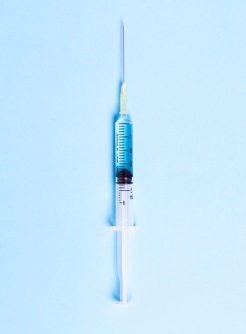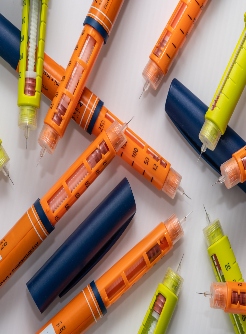COVID-19 Increases Risk of Diabetes
By Adam Hochron, Staff Writer
May 6, 2022
Patients diagnosed with COVID-19 could be at greater risk of developing diabetes as a long-term impact, according to a study published in The Lancet Diabetes & Endocrinology.
“In this study involving participants with COVID-19, contemporary controls, and historical controls, we provide evidence that suggests that beyond the first 30 days of infection, COVID-19 survivors exhibited increased risks and burdens of incident diabetes and antihyperglycemic use,” Yan Xie, MPH, of the VA Saint Louis Health Care System and colleagues said in the study. “The risks and burdens of all outcomes were significant among those non-hospitalized and increased in a graded fashion according to the care setting of the acute phase of infection. The risks and burdens were also consistent in comparisons versus a historical control group.”
The cohort study used the national databases of the US Department of Veterans Affairs to build a group of 181,280 patients who previously tested positive for COVID-19 and survived the first 30 days of the virus. In addition, the study used a contemporary cohort of 4,118,441 patients from the same time period, and a historical control of 4,286 patients enrolled between March 1, 2018, and Sept. 30, 2019. Neither control group had patients who showed signs of SARS-CoV-2 infection. The patients in all three groups were also free of diabetes before the study and were followed for a median of 352 days.
Xie and colleagues noted that in the post-acute phase, those patients who were diagnosed with COVID-19 had an increased risk (HR = 1.40; 95% CI, 1.36-1.44) and excess burden (HR = 13.46; 95% CI, 12.11-14.84, per 1000 people at 12 months) of incident diabetes. There was also evidence of an increased risk (HR = 1.85; 95% CI, 1.78-1.92) and excess burden (HR = 12.35; 95% CI, 11.36-13.38) of incident antihyperglycemic use. In addition, the risk and burden of outcomes after diagnosis with COVID-19 were found to increase according to the severity of the acute COVID-19, including whether the patients were hospitalized, not hospitalized, or admitted to the intensive care unit as part of their care.
A subgroup analysis found COVID-19 was associated with an increased risk of diabetes regardless of age, race, sex, BMI, and area deprivation index quartiles. Looking at diabetes risk quartiles, Xie and colleagues said COVID-19 was associated with an increased risk of diabetes across all the quartiles, including the lowest risk score quartile.
In addition, Xie and colleagues noted that people aged 65 and older had higher risks and burdens than those under 65 and that Black participants had higher risks and burdens than White participants. Patients with cardiovascular disease, hypertension, and hyperlipidemia also had higher risks and burdens.
“The implications of our findings are clear. In the post-acute phase of the disease, COVID-19 was significantly associated with increased risk of incident diabetes,” Xie and colleagues said in the study. “Although the risks and burdens increased according to the severity of the acute infection (as proxied by the care setting), they were evident and not trivial among people who were not hospitalized for COVID-19 – this group represents most people with COVID-19.”
With more than 450 million people diagnosed with COVID-19 at the time of publication, Xie and colleagues said the continuing increase in numbers of patients could mean a more significant burden on global health systems as patients have long-term effects of the virus beyond the initial phase.
Another study conducted by Massimo Pietropaolo, MD, from the Baylor College of Medicine and colleagues, and published in Diabetes found that in patients aged up to 18 years, the incidence of insulin-requiring diabetes, which could be type 1 diabetes with confirmed COVID-19, was “statistically indistinguishable from the non-COVID-19 control population.” However, in patients aged between 19 and 30 years, the incidence was statistically greater.
“These data suggest that the incidence of T1D among COVID-19 patients <30 years of age, at least up to this time since the beginning of the pandemic, is not greater when compared to a non-COVID-19 age, sex, and BMI-matched population,” Pietropaolo and colleagues said in their study. “Nevertheless, we caution that COVID-19 patients could be asymptomatic of a diabetic/pre-diabetic state and therefore would not be expected to come to medical attention, remaining undiagnosed. Hence, it is possible that asymptomatic virus-infected individuals could acquire beta cell autoimmunity, eventually progressing to dysglycemia and clinical T1D at higher rates.”
Xie and colleagues noted several limitations of their study, including the demographic of the cohort, which included mostly White men. In addition, patients in the contemporary control group could have contracted SARS-CoV-2 without being tested. They also noted the possibility that some of the patients had undiagnosed diabetes before contracting COVID and were only formally diagnosed with diabetes after the COVID diagnosis.
Disclosures: Authors declared financial ties to drugmakers. See full study for details.



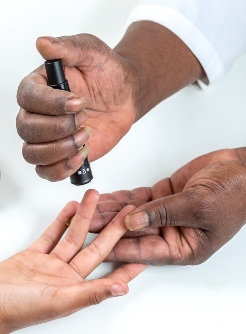



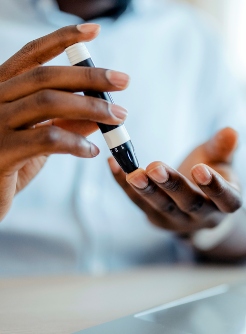

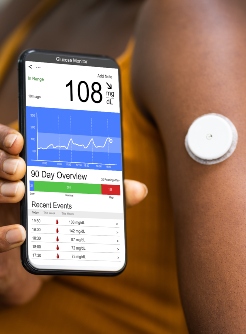











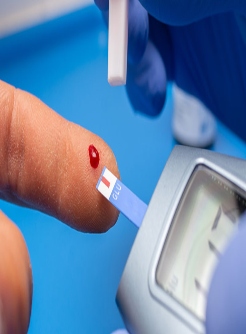



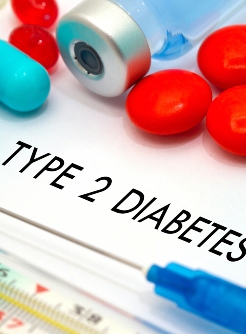



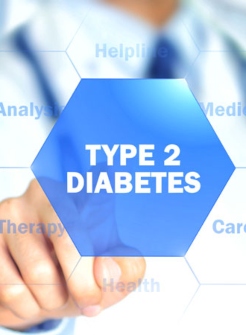
.jpg)
.jpg)

